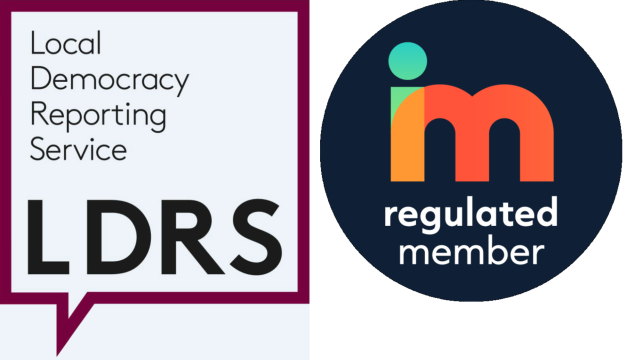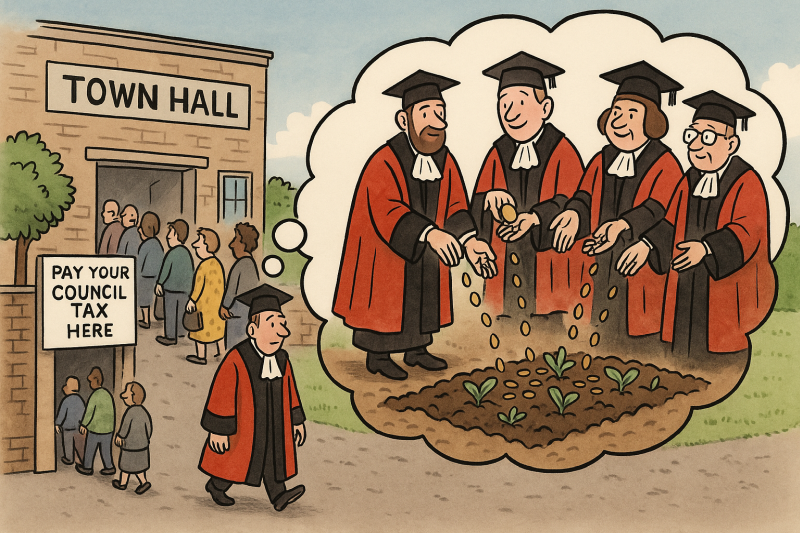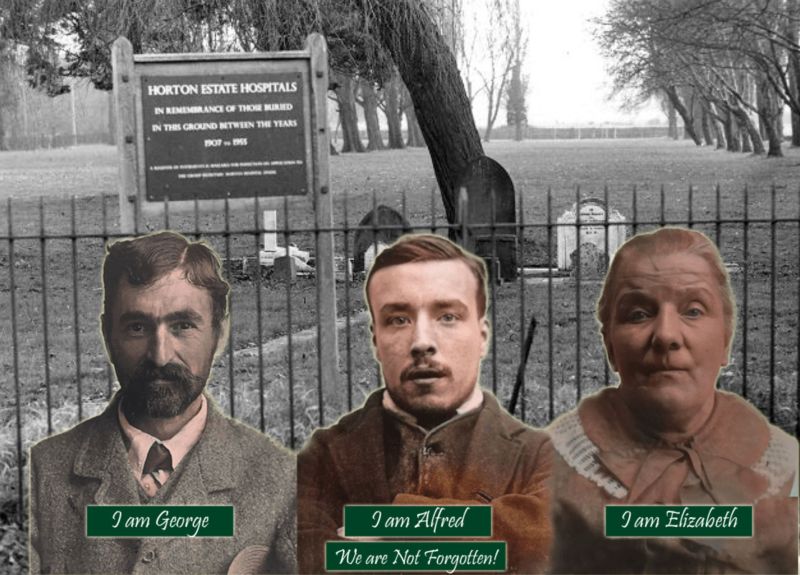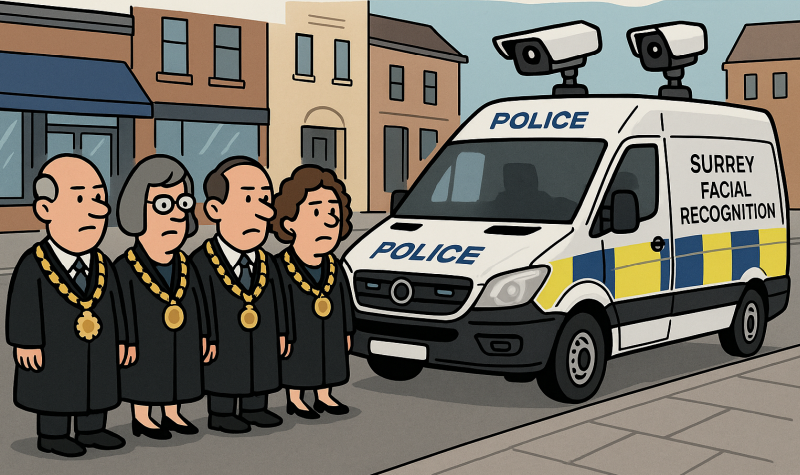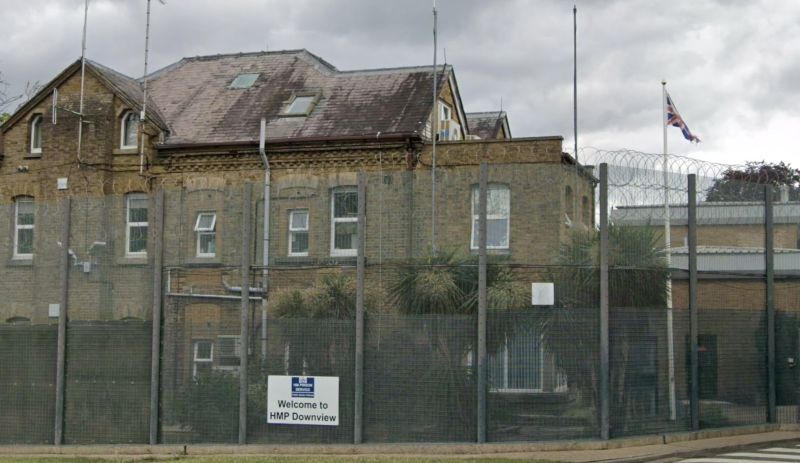Local Labour view on Epsom and Ewell Council’s future
Epsom and Ewell Times has invited representatives of The Residents Association, Liberal Democrats, Labour and Conservative Party to share their policies on local government reorganisation. Here is the first from Cllr Kate Chinn (Court Ward) of the Labour Party.
The government has directed a total reorganisation for two-tier local authority areas across the whole country. This was planned by the previous government and outlined in the Labour manifesto. Surrey County Council will cease to exist and will be divided up into, what Surrey Labour Party hopes, will be three unitary authorities.
Labour in Surrey has long argued that twelve councils, twelve civic centres or town halls, with twelve chief executives and a top-heavy administration is not the most economical way to deliver essential services. Small boroughs all with their own legal teams, revenue teams, housing teams, procurement staff—all duplicating roles unnecessarily. On completing the process, unitary authorities will soon start making efficiency savings.
Surrey Labour has been discussing for years how unitary authorities could be most effectively organised to best serve the residents of Surrey. Unlike the Liberal Democrats, who are hardly engaging, or the independents, burying their heads in the sand and calling for elections to be held in 2025, as did some council ruling groups. How they can claim good financial management whilst wanting an unnecessary election to go ahead makes no sense. Wasting taxpayers’ money on a soon-to-be irrelevance would be unforgivable.
Surrey Labour has embraced the process, made a case for three unitary authorities, and carefully examined how they could be organised, taking into account the guidance from the white paper:
- Sensible economic geographies
- Travel to work areas
- The ability for local residents to engage and hold their devolved institutions to account
The Case for Three Unitary Authorities
We believe that there is an overwhelming case for three councils based on existing geography, taking into account expected population growth and recognising the political, economic, and social challenges faced by the county.
Surrey is to be divided into unitary authorities (UAs), with the government suggesting a population of 500,000 or more as ideal but recognising that there may be exceptions to ensure new structures make sense for an area. The population of Surrey is 1.25 million, which implies two or three authorities.
Dividing Surrey into two UAs would mean both would be oversized and geographically challenged in an area of anticipated population growth, whereas three would be initially undersized. The likely divisions would be:
- Two UAs – (East/West) – as proposed by the Conservatives
- Three UAs – (North/South-West/South-East) – as proposed by Labour and supported by all the boroughs and districts
Proposed Unitary Authorities
With service delivery to residents being the most important issue, we suggest the following councils:
Middlesex-Surrey Borders
- Elmbridge, Spelthorne & Runnymede
- Population: 334,000
Surrey Hills
- Guildford, Surrey Heath, Woking & Waverley
- Population: 478,000
North Downs
- Epsom & Ewell, Mole Valley, Reigate & Banstead, and Tandridge
- Population: 416,000
These names and details are provisional and will be decided later. However, they best fit geographically and population-wise.
All these areas would have much stronger geographical links and community ties than the larger, two-unitary authority model. While all three are under the government’s ideal 500,000 population threshold, Surrey Hills is closer to that figure, and all are areas of population growth.
These three UAs could provide a more local and focused delivery of key services, ensuring better support for adult social care and SEND needs, both priorities for Surrey. It would give greater clarity for residents, with one authority being responsible for all local services. Service delivery would be more efficient, more accountable, and free from disputes over which council has responsibility in an area.
Local Voices Must Be Heard
It is essential to establish a close relationship between Surrey County and district councillors in shaping their new unitary authorities as they are formulated. The reorganisation process must not descend into factional disagreements but remain focused on communities and democratic engagement at a local level.
Other unitary councils, such as London boroughs, often have local committees to represent community views. Boroughs and districts in Surrey should now begin engaging residents, examining the options, and organising forums to ensure local voices are represented in the new UAs.
Conclusion
The devolution offer in the white paper suggests a Surrey Mayor, offering priorities for funding that suit their areas and providing strategic leadership. This could positively impact key Surrey priorities, including:
- Skills and employment
- More housing
- Increased local investment
- Making Britain a clean energy superpower
Surrey’s approaches to neighbouring areas for a joint strategic mayor have not been successful.
A Surrey Mayor would automatically represent an area that aligns with the current police and crime commissioner and the Surrey Fire and Rescue Service boundaries, as envisaged by the white paper’s goal of “reforming and joining up public services”.
Overall, we believe that our three-unitary authority model will best serve the needs of Surrey residents going forward.
Much of this is based on previous contributions by Robert Evans & Arran Neathey (2019), Cllr Catherine Powell (2025), Tony Rooth & Michael Moriarty, with additional input from Cllr Robert King, but it does not necessarily represent all of their individual views.
Cllr Kate Chinn
Leader of the Labour Group
February 2025

